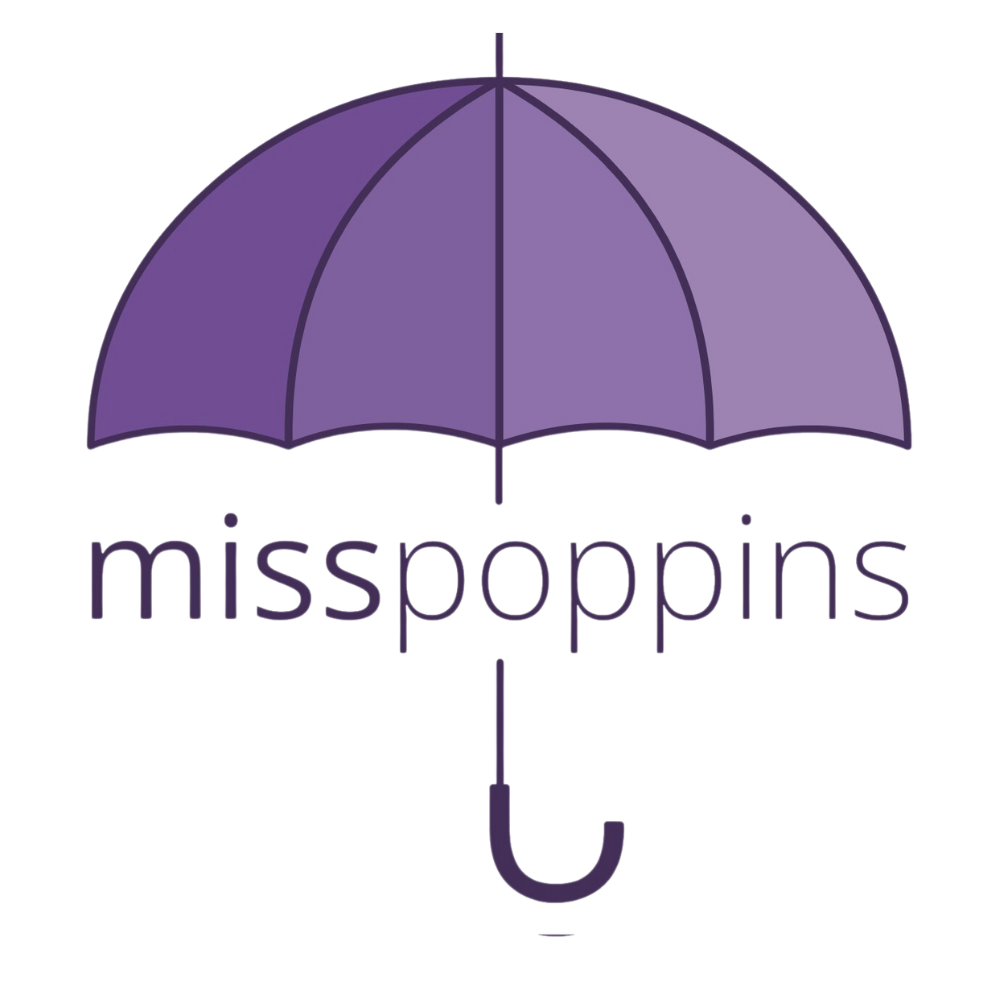Chatty by Design: The Dynamic Duo of Self-Talk and Parallel Talk in Toddler Language Development
Using both self-talk and parallel talk is important for several reasons when promoting language development in toddlers:
Modeling Language: Self-talk allows adults to model proper language use by describing their own actions, thoughts, and feelings. This provides toddlers with a clear example of how words can be used to convey meaning.
Expanding Vocabulary: Both self-talk and parallel talk introduce toddlers to new words and concepts. Self-talk exposes them to a broader range of vocabulary as adults narrate their own experiences. Parallel talk helps toddlers connect words to their own actions and surroundings.
Contextual Learning: Parallel talk provides context for toddlers by describing their immediate experiences and actions. This helps them associate words with real-life situations, making language more relevant and meaningful.
Communication Skills: By engaging in both self-talk and parallel talk, adults encourage two-way communication with toddlers. It fosters interaction, encourages questions, and helps toddlers express their thoughts and feelings.
Building Relationships: Both techniques create opportunities for bonding between adults and toddlers. They show that adults are actively engaged and interested in the child's world, strengthening the caregiver-child relationship.
Narrative Skills: Hearing self-talk and parallel talk helps toddlers understand the structure of stories and conversations. This prepares them for more complex language skills and literacy development.
Cognitive Development: Engaging in both types of talk supports cognitive development by helping toddlers make connections between words, actions, and the world around them.
In summary, using self-talk and parallel talk is important because it enriches a toddler's language environment, enhances vocabulary, fosters communication skills, strengthens relationships, and promotes overall cognitive and language development. It's a dynamic duo that empowers toddlers to become confident communicators.

